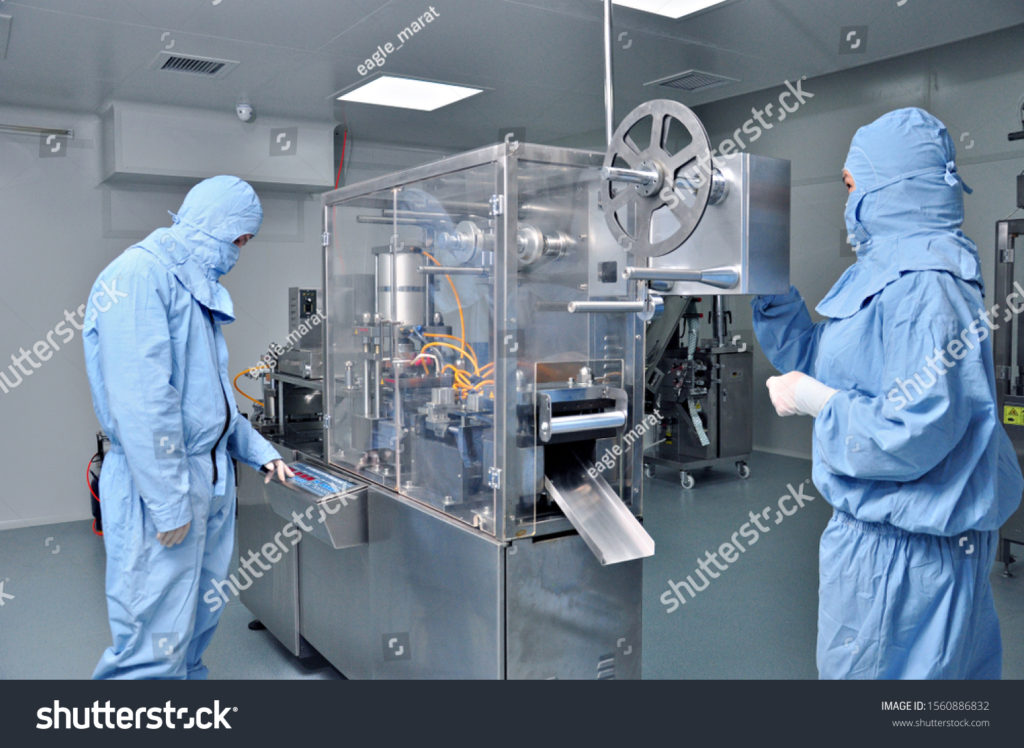
Overview
IES was engaged in 2017 to provide a control, automation, instrumentation, and safety system upgrade on a 25-year-old rotating blender by one of the world’s largest pharma companies. Several ambitious process objectives were set out at the early stages of the project and used as KPIs in the closing stages.
IES was also to work with the end user’s technology group during commissioning on a demanding process-optimization programme prior to qualification.
Re-Classification
The plant was being re-classified for use with hazardous material under the ATEX directive, (flammable dust) and IES provided Compex-certified designers to work with the wider project team to establish the feasibility of proposed modifications and upgrades.
IES engineers working on the project were TüV-certified Process Safety Engineers. Upgrades considered and ultimately implemented under ATEX and ISO61511 headings included:
- N2 inerting
- Extensive monitored containment measures.

Meeting New Standards
To meet the new regulatory or standards-driven changes which emerged from the design process, IES was engaged to design and build several new services skids and integrate them fully in terms of MEC&I.
These systems, which were constructed and tested (where possible) as skids off-site included an N2 inerting system and a vacuum skid, however, there were a number of an instance where off-site construction was not possible.
Motion Control System
Most interesting of these perhaps a motion control system for the blender – including precision positioning and an integrated emergency braking package. IES also provided a design package including P&IDs for the repurposing of an existing TCU (Temperature Control Unit).
This exercise included
- Mechanical and electrical design to meet a specified process requirement
- Provision of new control and electrical panels
- Contractor supervision
- Commissioning.
The technical challenges within these activities were considerable. The rotating blender itself was 25 years old, and obviously pre-dated ATEX, the Machinery Directive, and CE. It was not originally designed for inerting, or for precision positioning.
In fact, the 25-year-old chain-driven blender required to be positioned fully loaded to +/- 3mm to meet the new demands for product containment – a requirement that was safely met with a new system which included the fitting of a purpose-built retrofittable disc-braking system which was designed and installed by IES.
Fine control of vacuum (+/- 15mbar) and temperature allowed the measurement of condensate off the process to be used in a PAT strategy to predict the completion of drying.
FDA Approved
The control system for this FDA-approved process was upgraded, and now includes recipe management modules and EBR (electronic batch records). It oversees and reports on a completed plant, which now has a hugely reduced inter-batch cleaning requirement, requires fewer containment breaches and which has reduced processing times and waste through the use of PAT.
